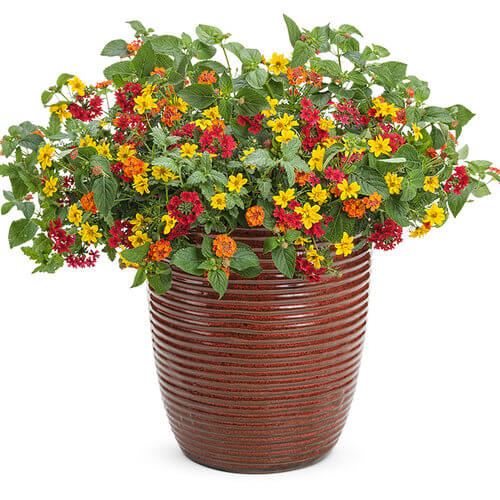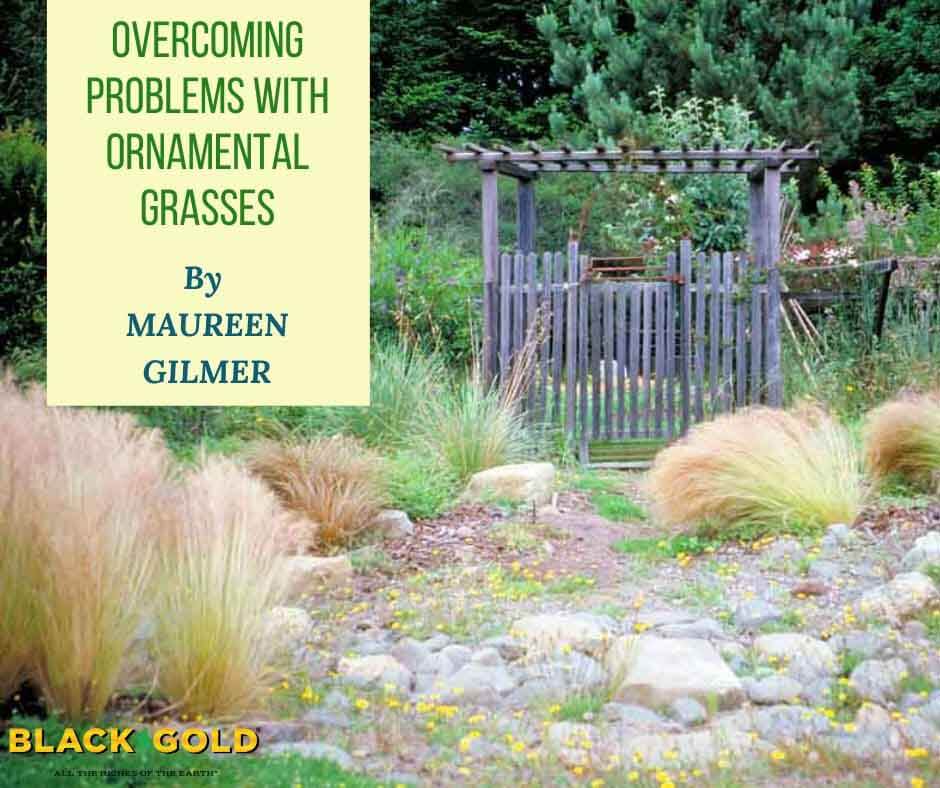
When landscape grasses take on full autumn color in the western states, they are always the focal point of the late season. It is the driest part of the year when their life cycle peaks after flowers pollinate, seeds form and are finally released into the wind to repopulate the land. These annual reproductive structures are why ornamental grasses own the fall garden when few other plants bloom. Even in the early winter, the standing flower stalks offer attractive interest through the snow.
It’s the less desirable grass habits that are less understood. These influence selection, placement, and other issues you won’t hear about elsewhere. Here are some tips to help you select and design grasses into your landscaping, so they don’t become problems later on.
Grass Litter
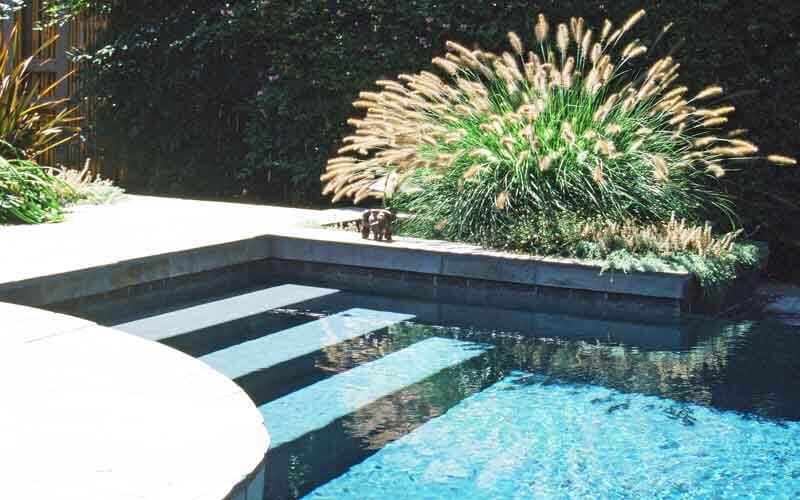
After pollination, grasses shed their flower parts. When the seed is released, they shed their hulls. A lot of fine litter is dispersed over a long period. If the grasses are located upwind from a swimming pool or water feature, the litter is blown directly into the water. This can make it challenging to keep pumps and equipment clear and the water quality sparkling.
Therefore, know the direction of your prevailing winds and storm winds before you decide where to plant grasses. Limit planting areas downwind or away from the pool. However, it’s common for wind direction to change with the seasons, so if you plant them poolside, planting them downwind is not foolproof. Cutting the seedheads back may be necessary.
Invasive Grasses
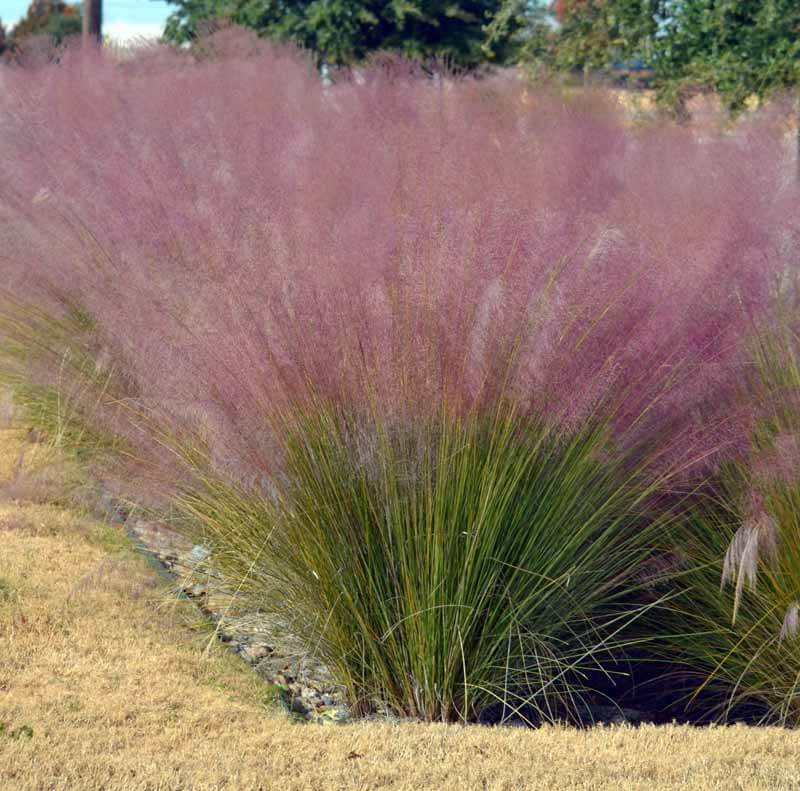
The reason you hear so much bad press about fountain grass (Pennisetum species and varieties) is that they love our climate and sprout anywhere there is enough moisture to grow. There are many ornamental species with weedy tendencies. Some garden favorites are hardy perennials, like foxtail fountain grass (Pennisetum alopecuroides), but in milder western climates tender perennial forms, like purple fountain grass (Pennisetum setaceum ‘Rubrum‘), will survive several seasons, too. Perennial forms don’t die back and are long-lived. Pennisetum such as these are displacing less aggressive native species in low, moist areas.
The same applies to your yard. If the seeds fall near irrigation heads, they sprout into weeds. It may have been open ground, but now it’s become a longterm weed problem. Such introductions are hard to stop and take a few seasons of dedicated handwork to clean out.
Runner Grasses
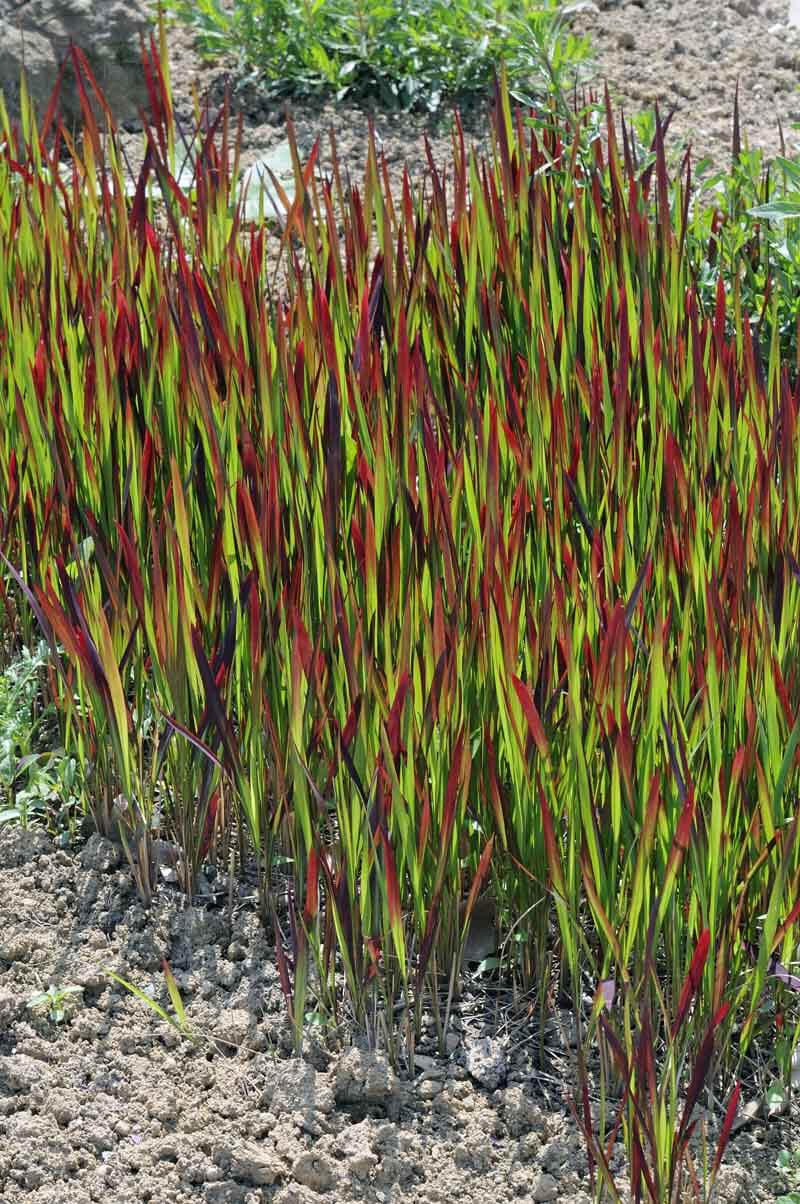
Runner grasses spread, unlike stayput bunch grasses. The common southern lawngrass, Bermuda grass (Cynodon dactylon), is the poster child for a host of aggressive runner grasses that spread fast and invade perennials and well-behaved bunchgrasses. Another ornamental grass to add to the equation is Japanese bloodgrass (Imperata cylindrica), with its red-tipped blades and fast-spreading runners that will quickly overtake moister beds. The problem is the worst when runner grasses overtake bunch grasses. They creep unseen beneath a garden grass, and then once well rooted, the runner grass becomes nearly inextricable. If the bunchgrass is large and broad, the two grasses will forever be bound together, foliage plaited into a nest, and there’s no separation once established. Prevention is everything. Beware adding these, or any aggressive runner grass, to your yard or garden.
Short-Lived Grasses
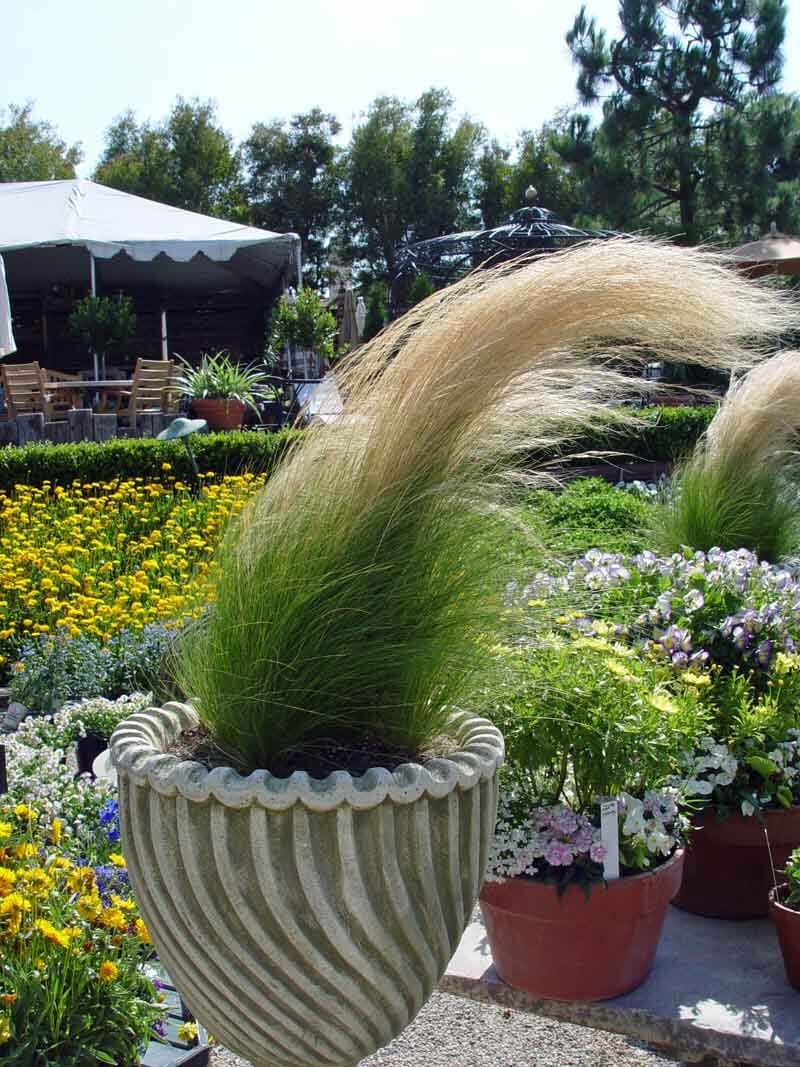
Grasses are ephemeral plants by nature, adapted to range fires in the wild, grazing, floods, and landslides. Those that evolved with a long life span prove that they have adapted to climate change, since well before the Pleistocene, and are still super adapted for the future. The most long-lived, resilient grasses to grow in arid gardens are native deer grass (Muhlenbergia rigens) and its kin (Muhlenbergia group). But, more short-lived species, such as the windswept Mexican hair grass (Nassella tenuissima) or purple fountain grass, die out in just a few years.
Clump Splitting
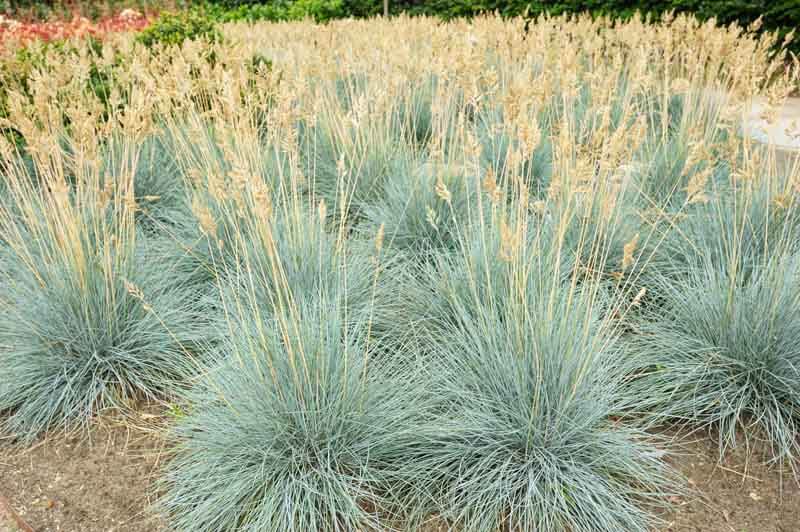
Early in the life span of blue fescue (Festuca glauca varieties), the mounds of icy blue needles are perfect hemispheres. Like many other grasses, fescues grow too tall and heavy then split down the middle, allowing light to reach the root crown at the center of the clump. The direct sun sears those formerly shaded crown stems, causing premature aging while the rest of the plant is perfect. Replacement is often required if the plants are depended upon to create full geometric domes. This is a natural process for fescues, so they are best planted with other species that take up the slack visually if they decide to split.
Midwinter Decline
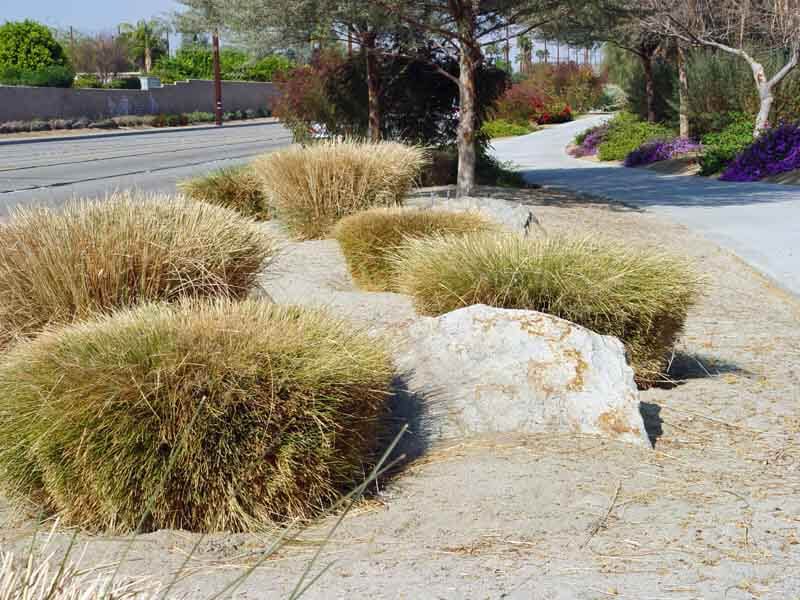
As dramatic as sweeping monocultures of grasses are, they are best used with ever-beautiful support plants due to an unattractive period in midwinter, even if not fully dormant. The grasses are routinely cut back to just a few inches to simulate a cold event. This removes dead and dormant growth as well as detritus inside the clump to make way for the renewal of foliage. To avoid the barren ground, it’s wise to choose other evergreen plants to carry this composition until green grass shoots start up again in spring. Renewal is part of grass biology, so cutting back is regenerative and makes them healthier overall.
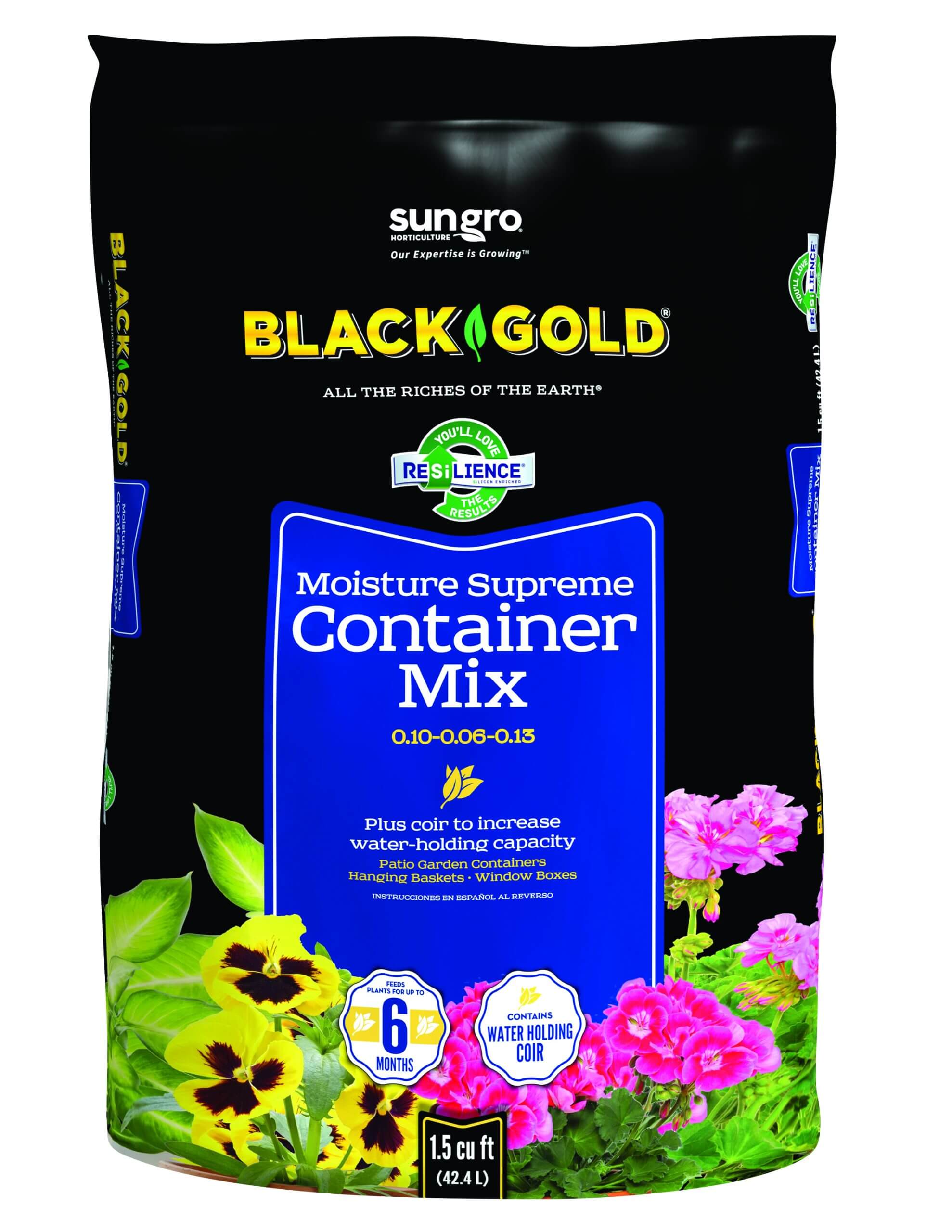 Ornamental grasses are an important cornerstone of today’s arid-zone gardens. Those species adapted to warmer climates without summer rain offer a change in texture as well as wind-blown beauty in containers on porch or patio. They require lots of nutrition, so be sure to use Black Gold Moisture Supreme Container Mix when planting for efficient water-holding potential and water conservation. The best grass for containers and garden at higher elevations or further north are Miscanthus varieties, which ask for a bit more water. (Choose low-seeding or sterile forms, such as giant miscanthus (Miscanthus x giganteus).)
Ornamental grasses are an important cornerstone of today’s arid-zone gardens. Those species adapted to warmer climates without summer rain offer a change in texture as well as wind-blown beauty in containers on porch or patio. They require lots of nutrition, so be sure to use Black Gold Moisture Supreme Container Mix when planting for efficient water-holding potential and water conservation. The best grass for containers and garden at higher elevations or further north are Miscanthus varieties, which ask for a bit more water. (Choose low-seeding or sterile forms, such as giant miscanthus (Miscanthus x giganteus).)
While shrubs and succulents can be inanimate, the slightest breeze begins the gentle sway of a thousand soft grass blades. The animation of the nodding flower spikes liven up a dying landscape in the dry autumn winds.


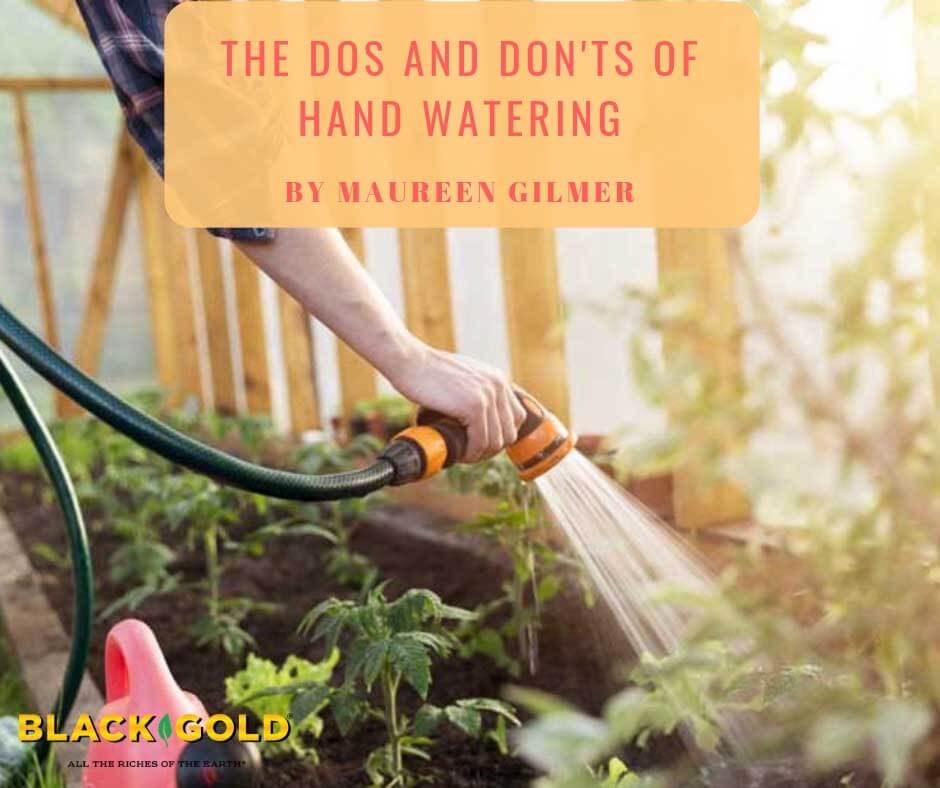
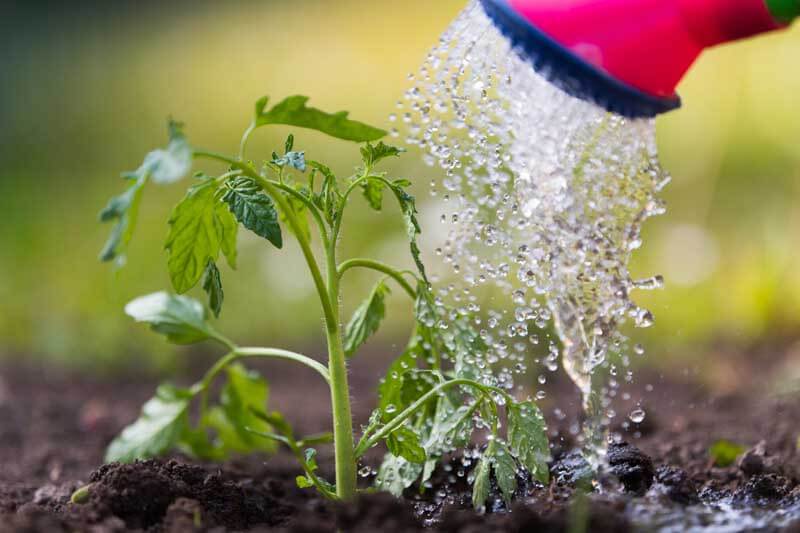
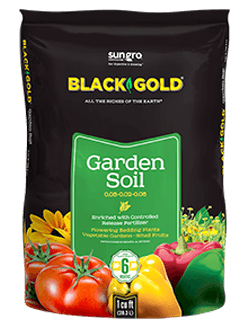
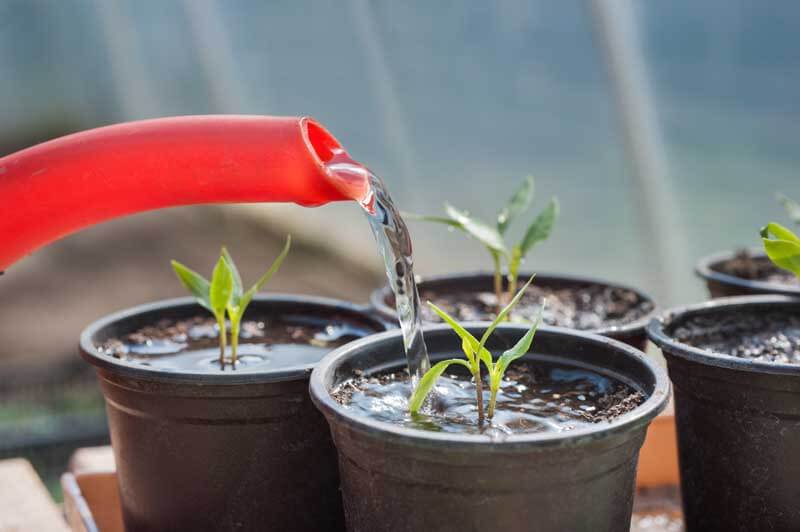
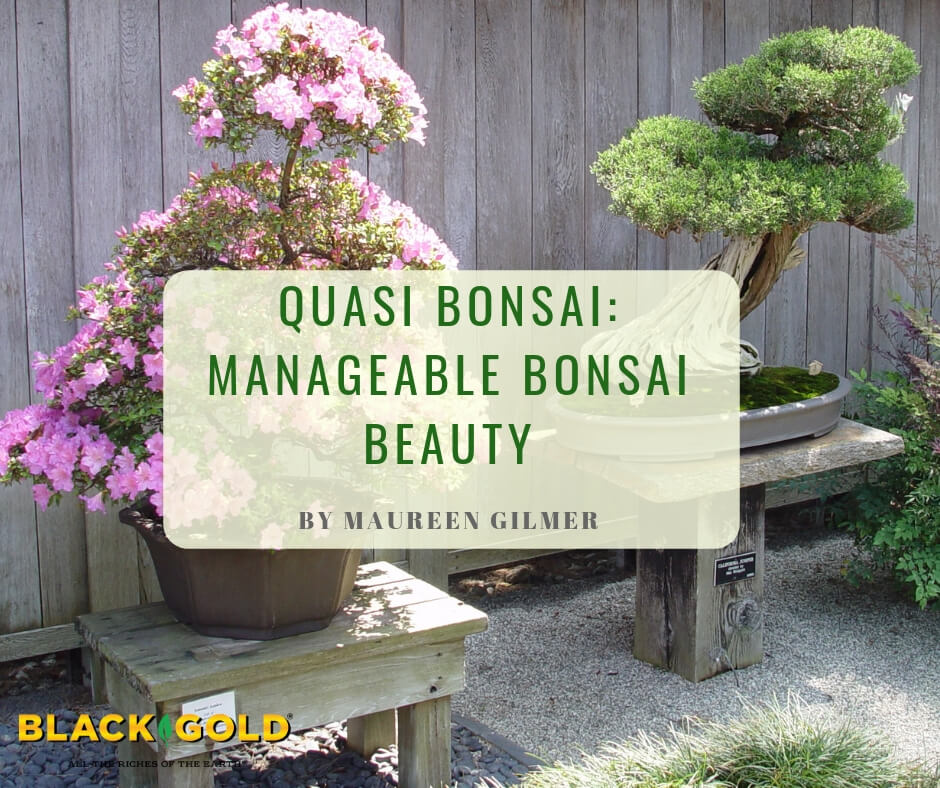
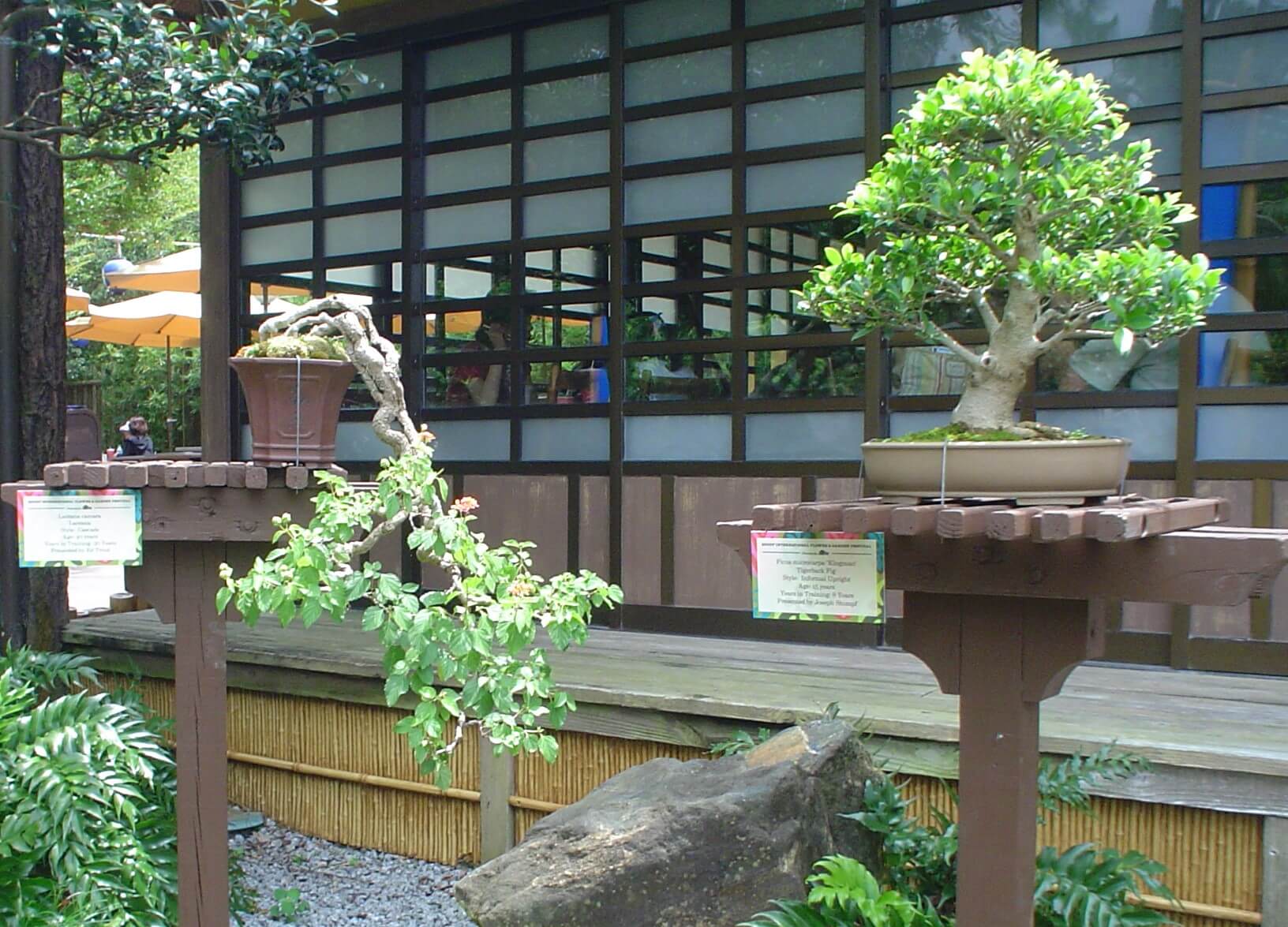
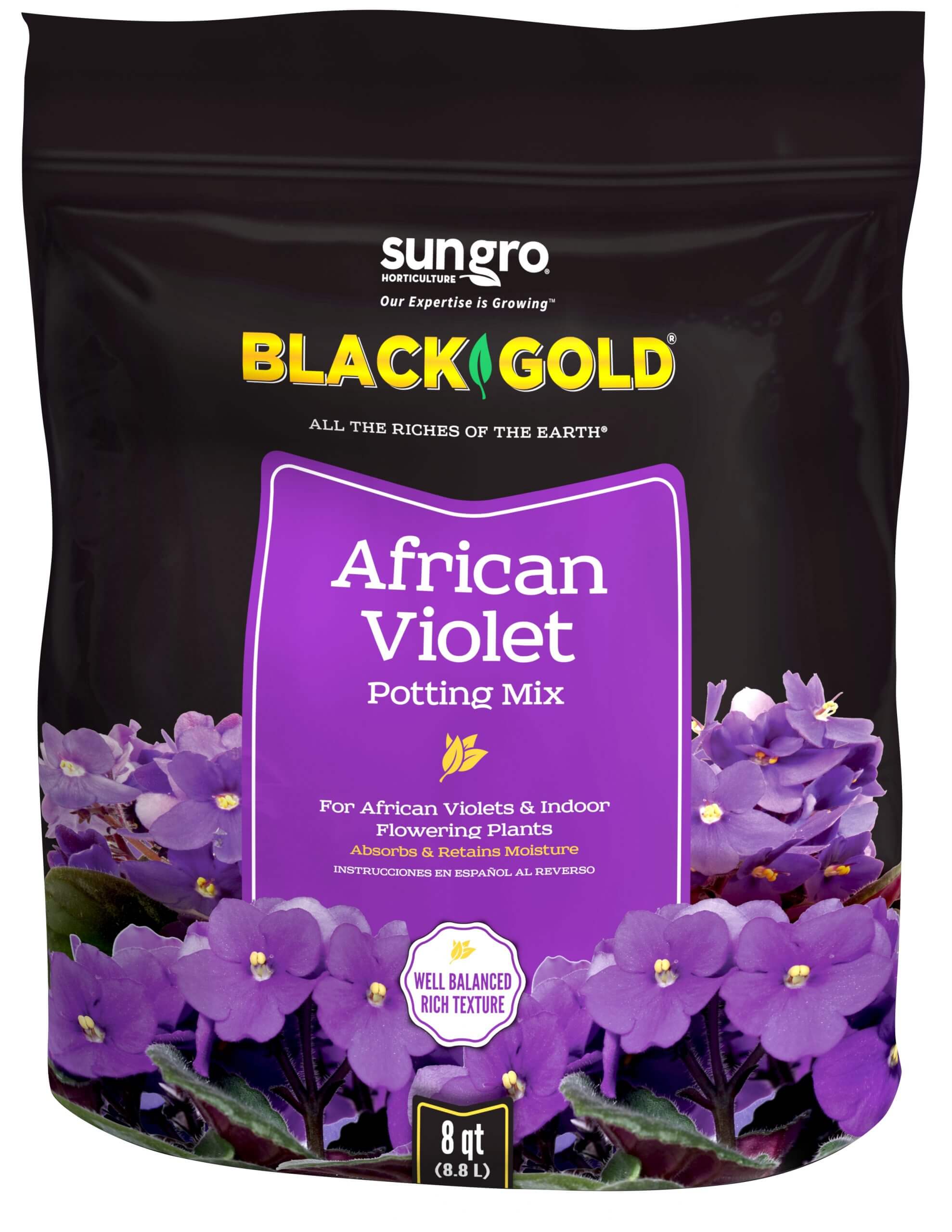
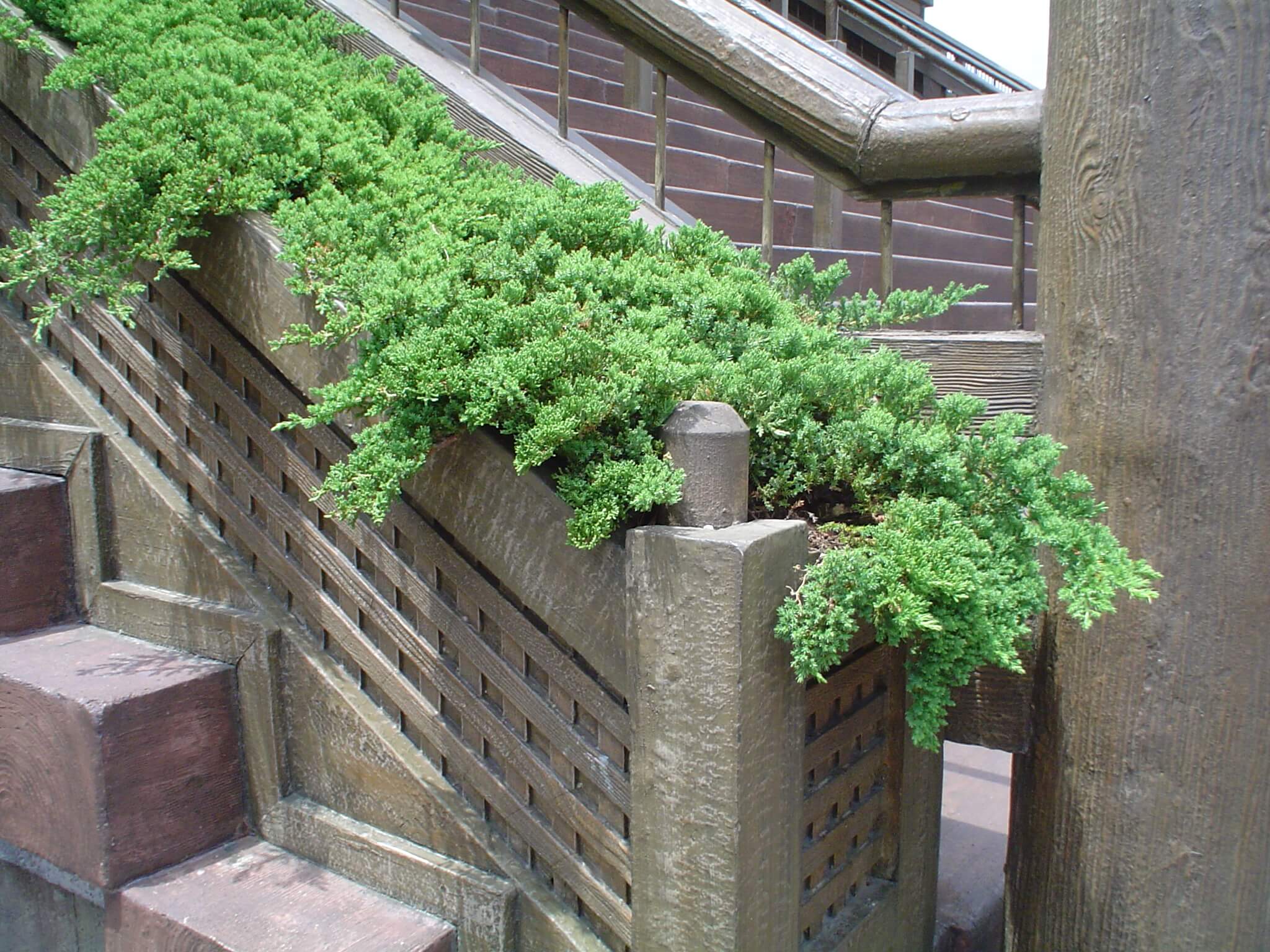
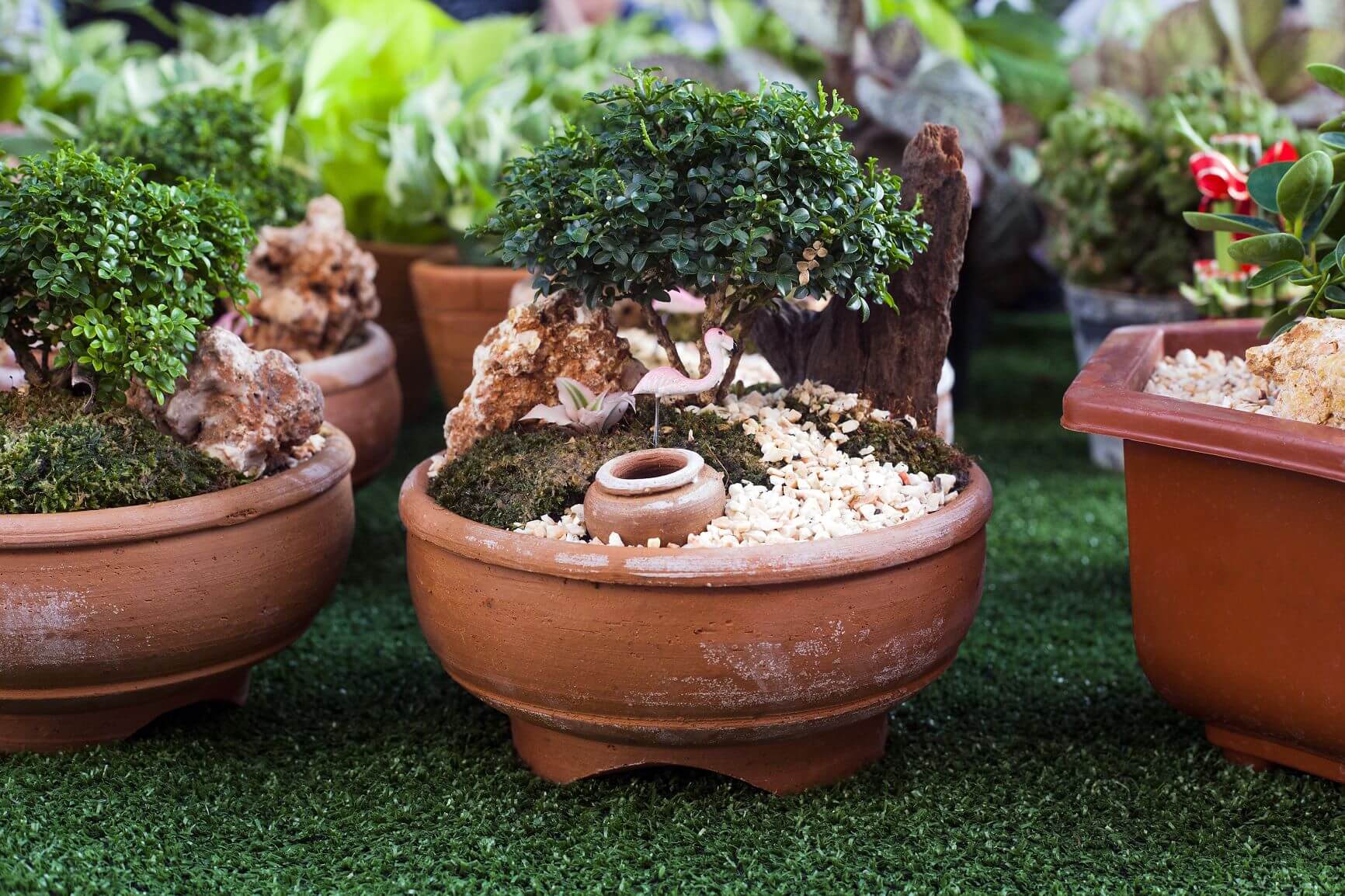
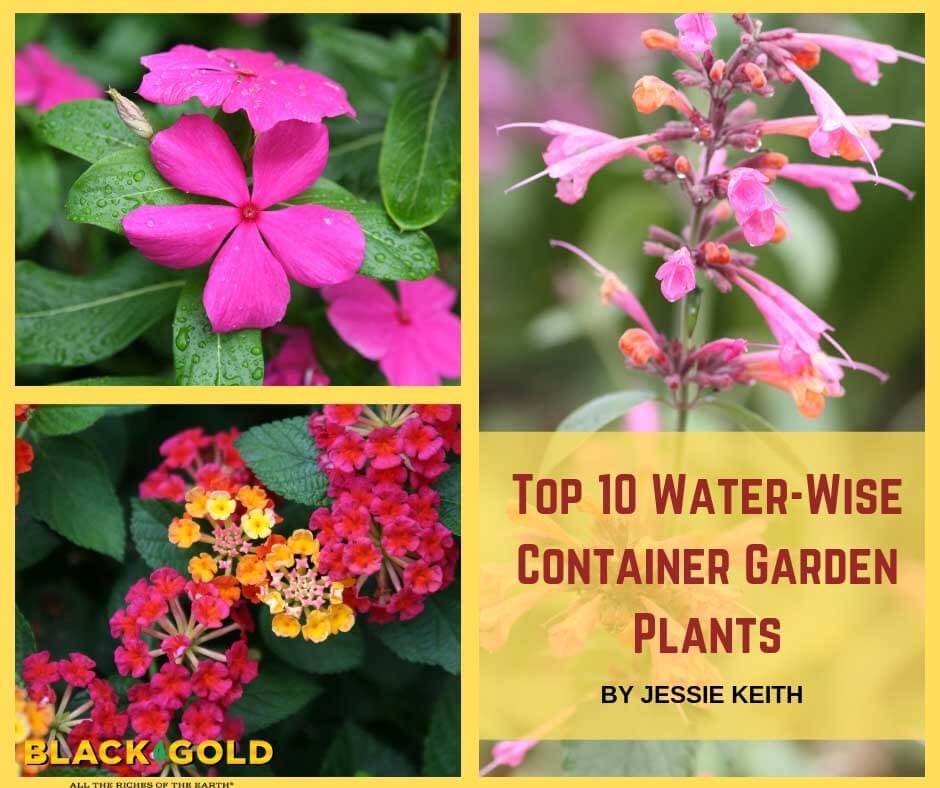
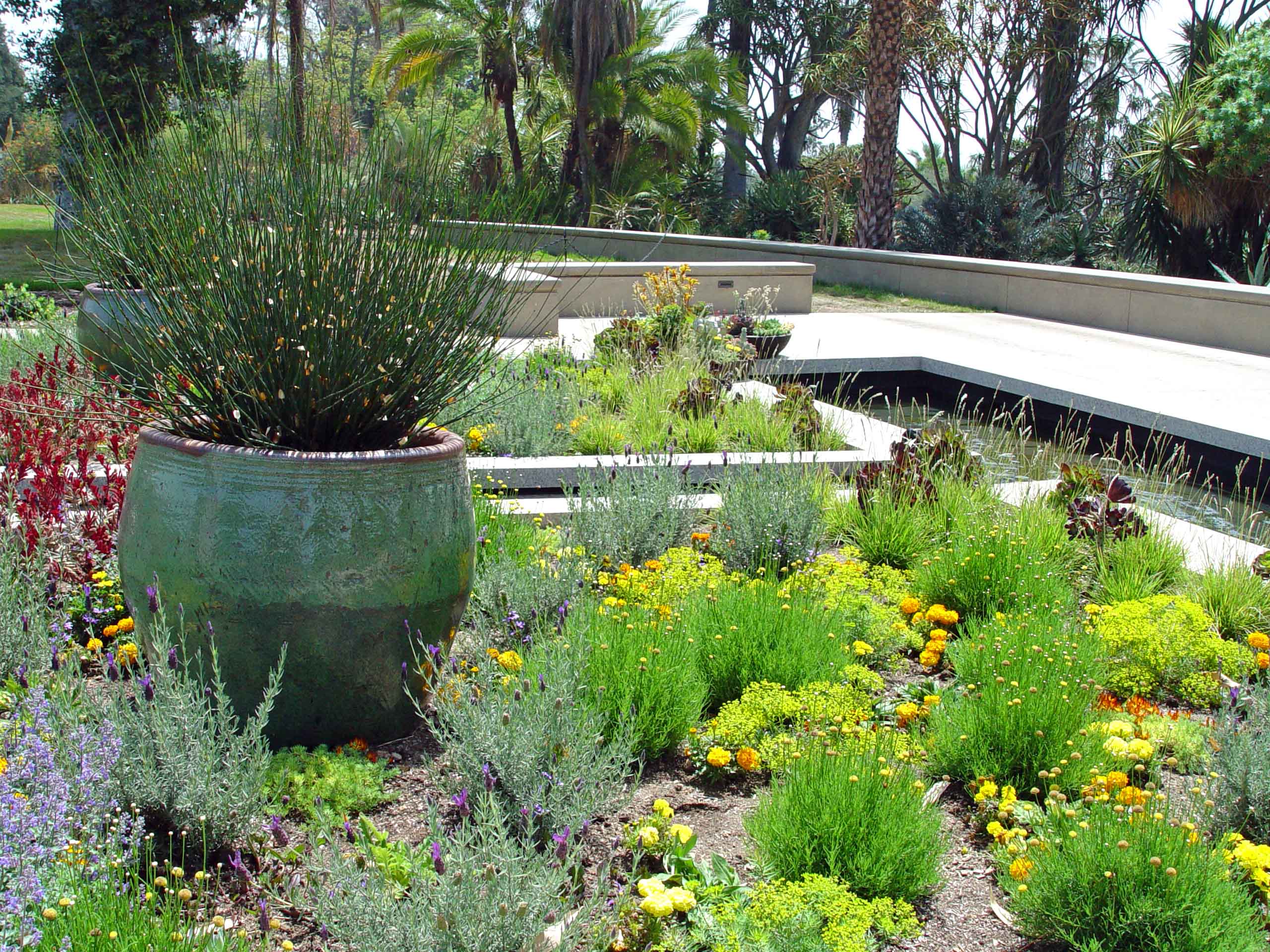
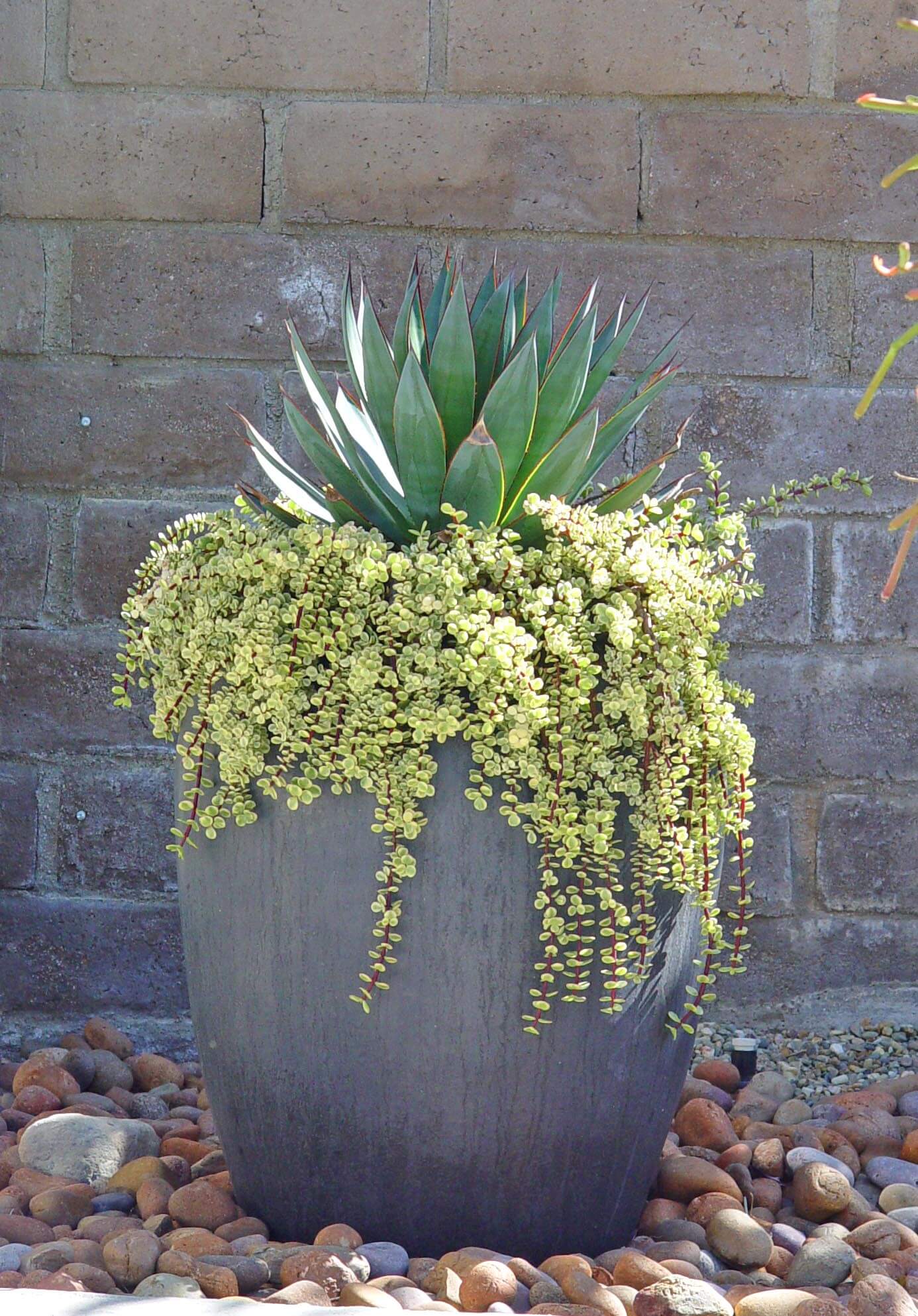
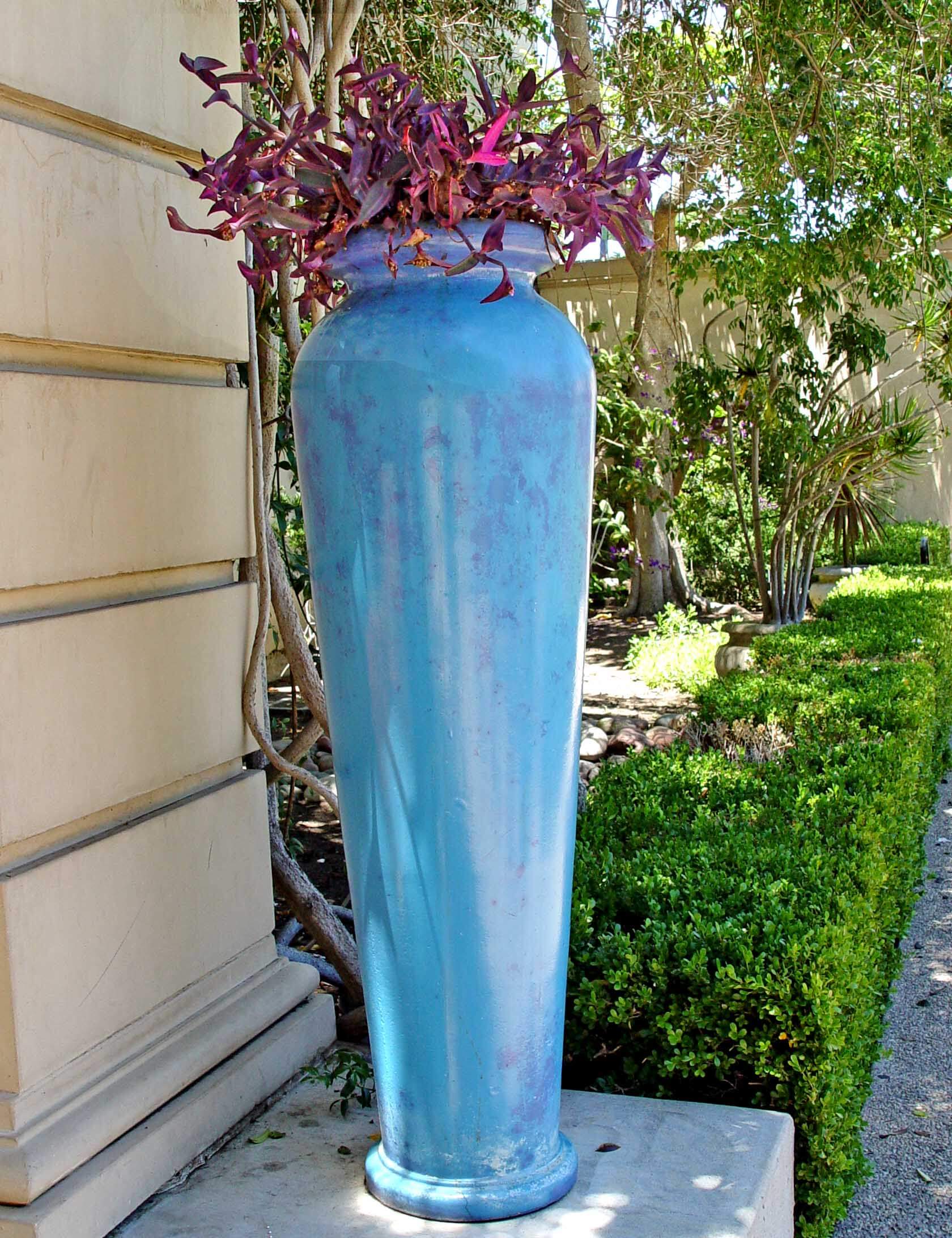

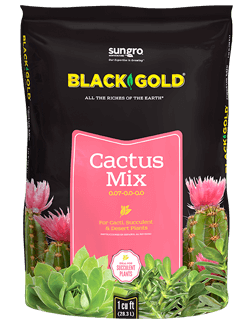
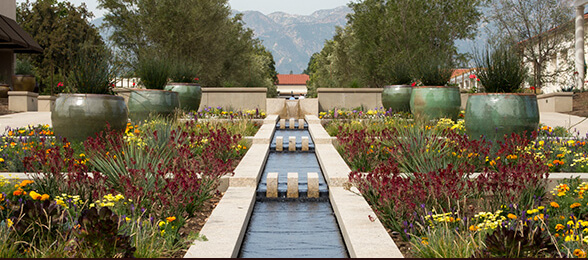
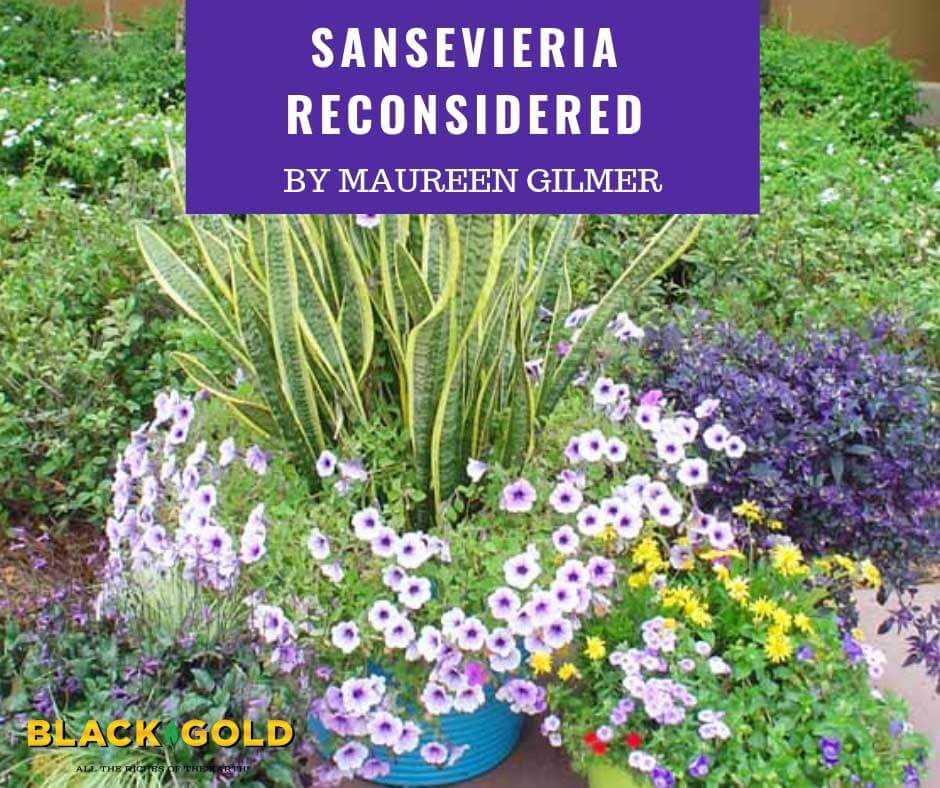
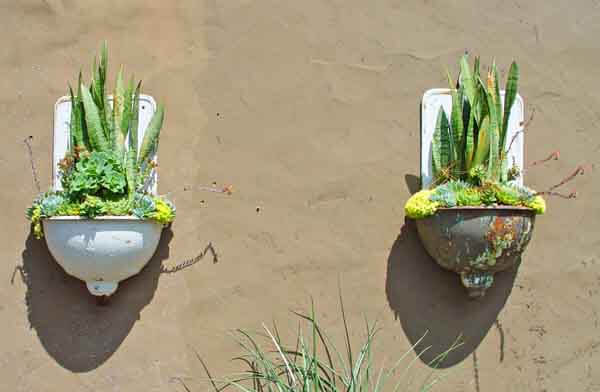

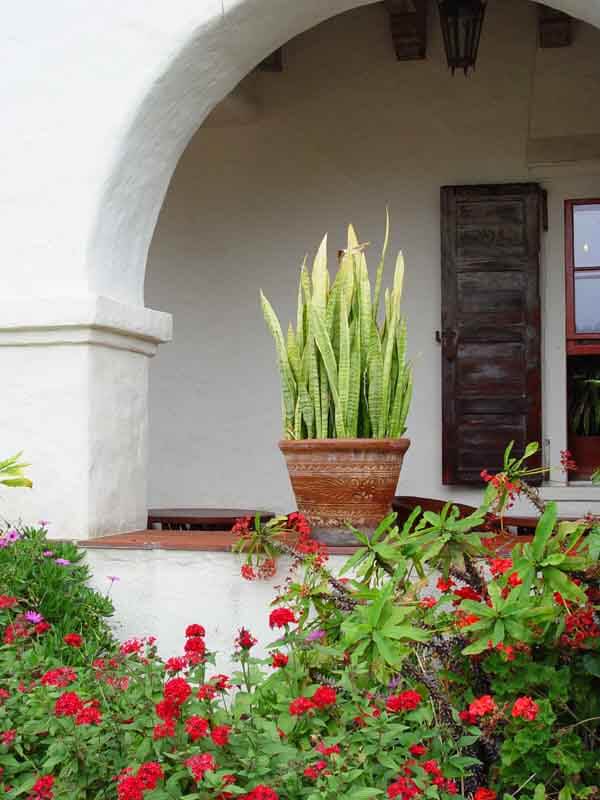
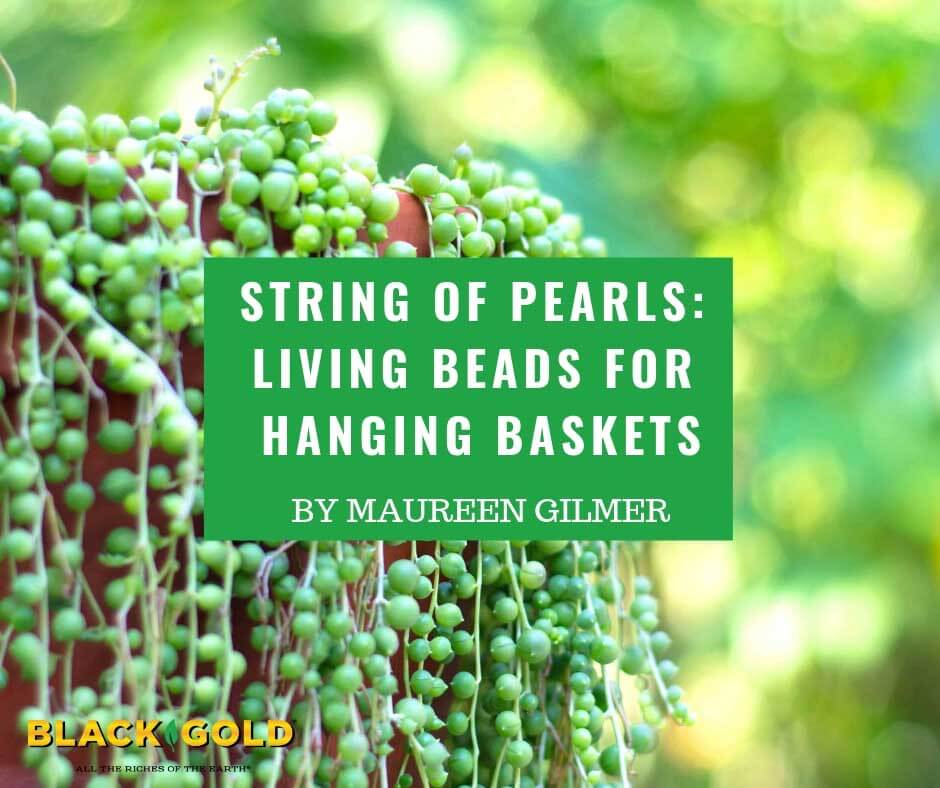
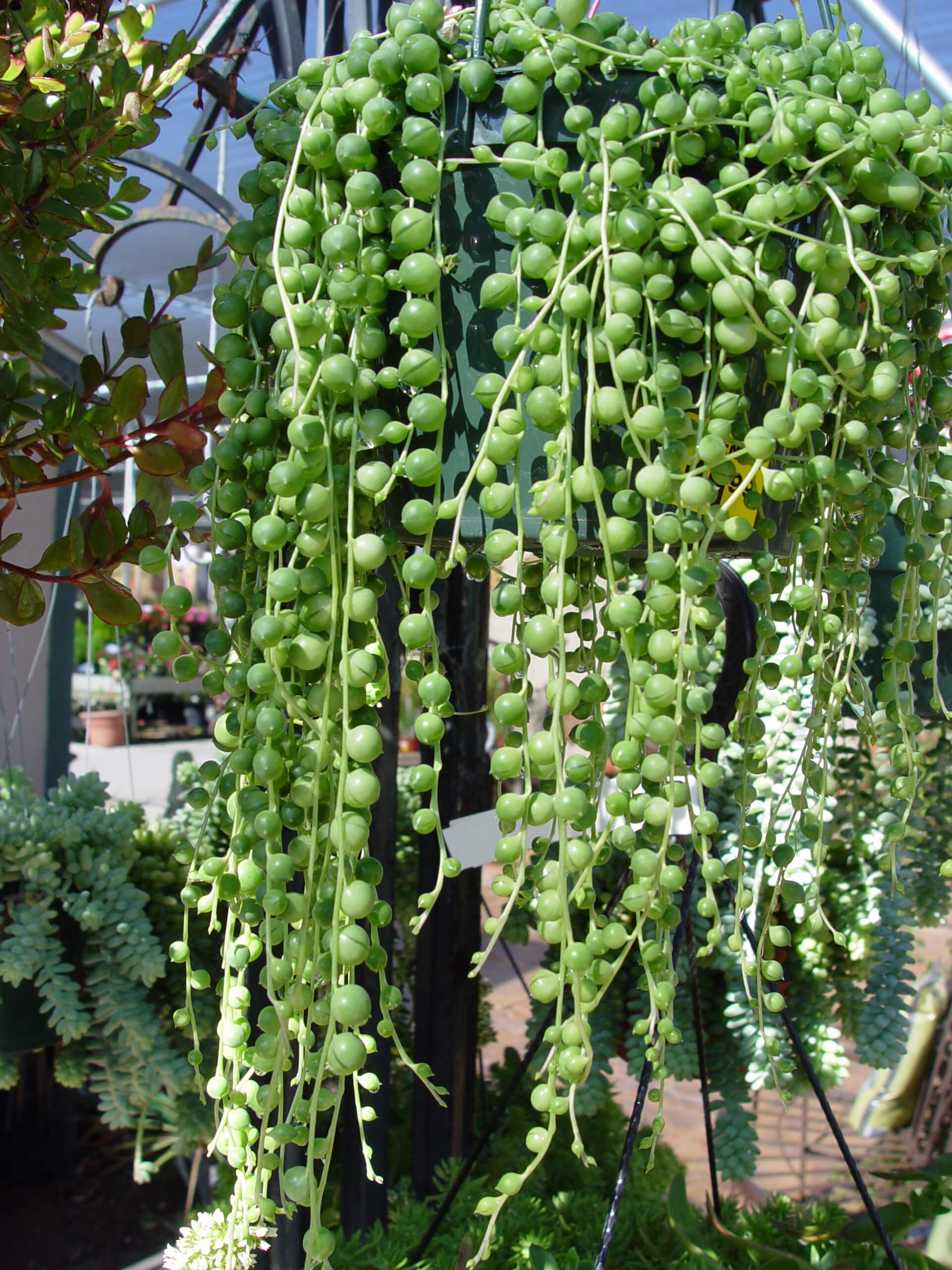

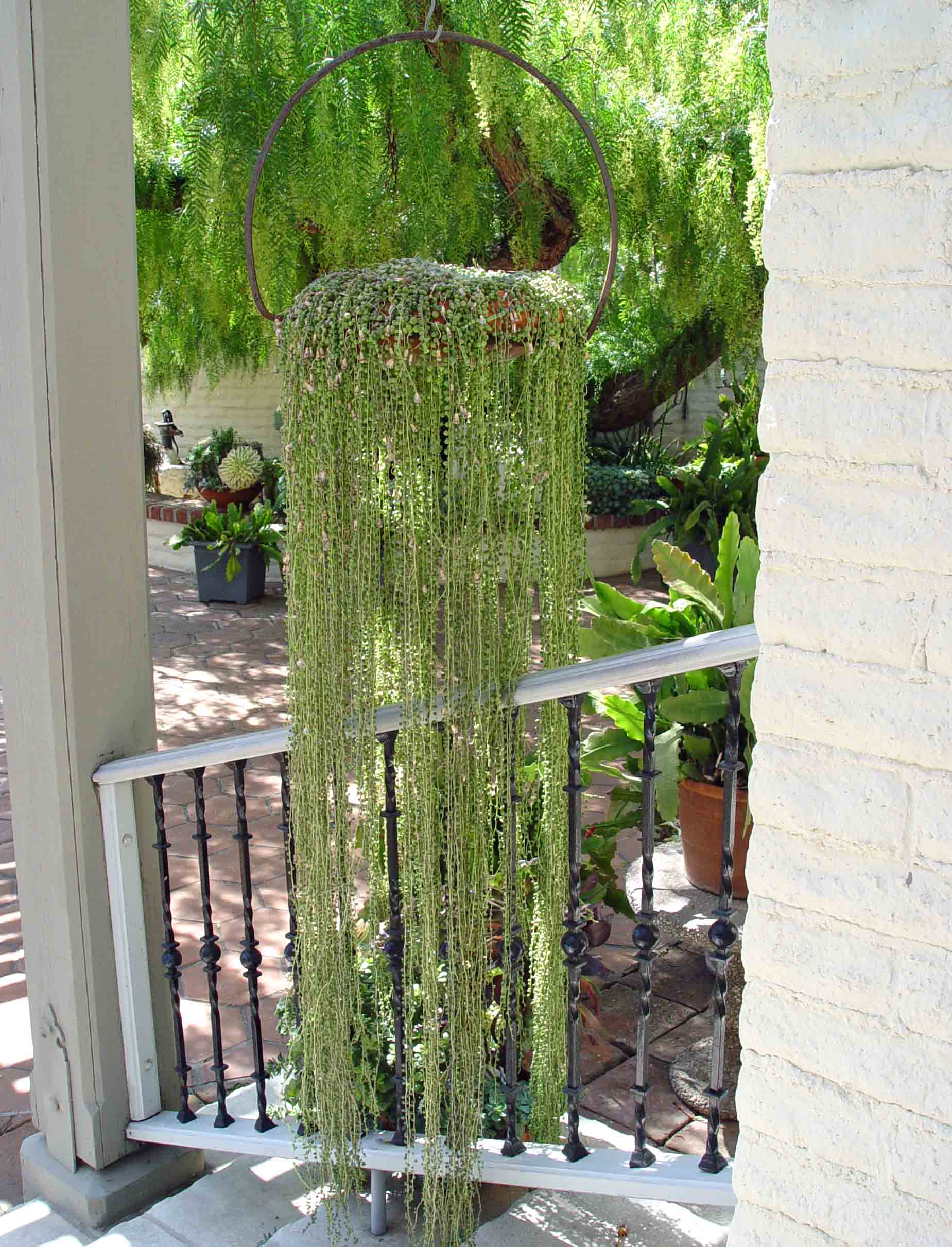
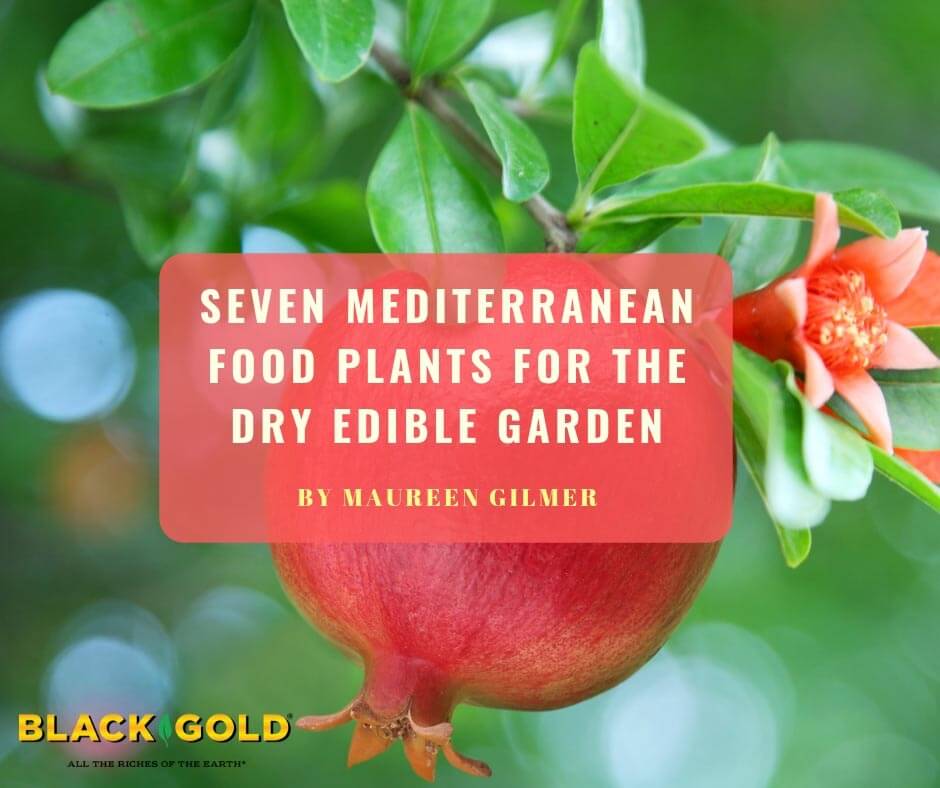

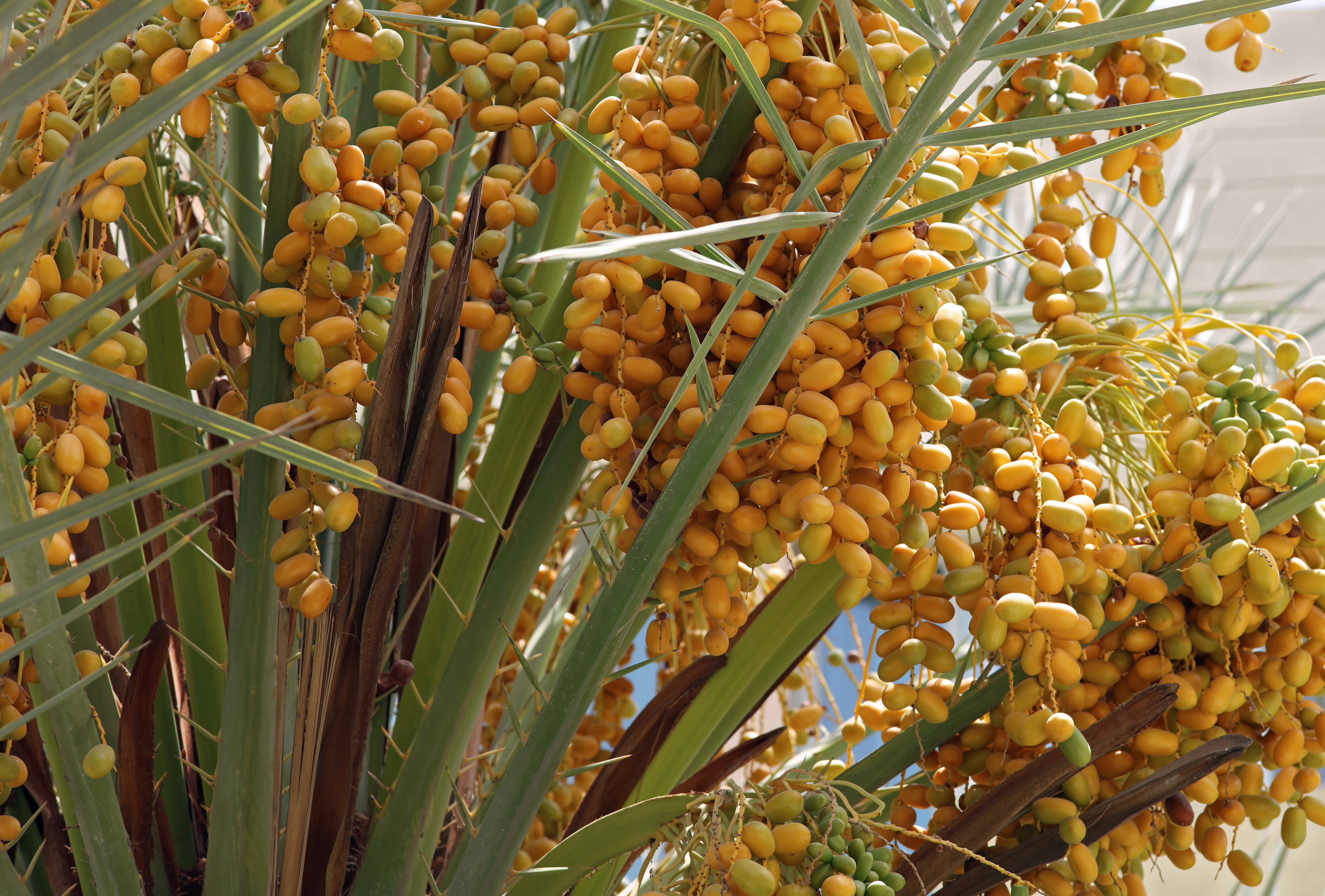
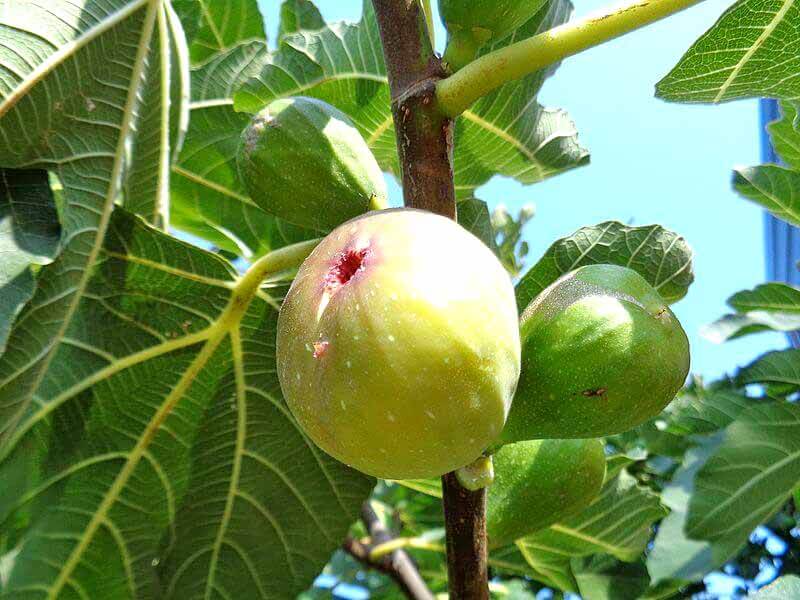
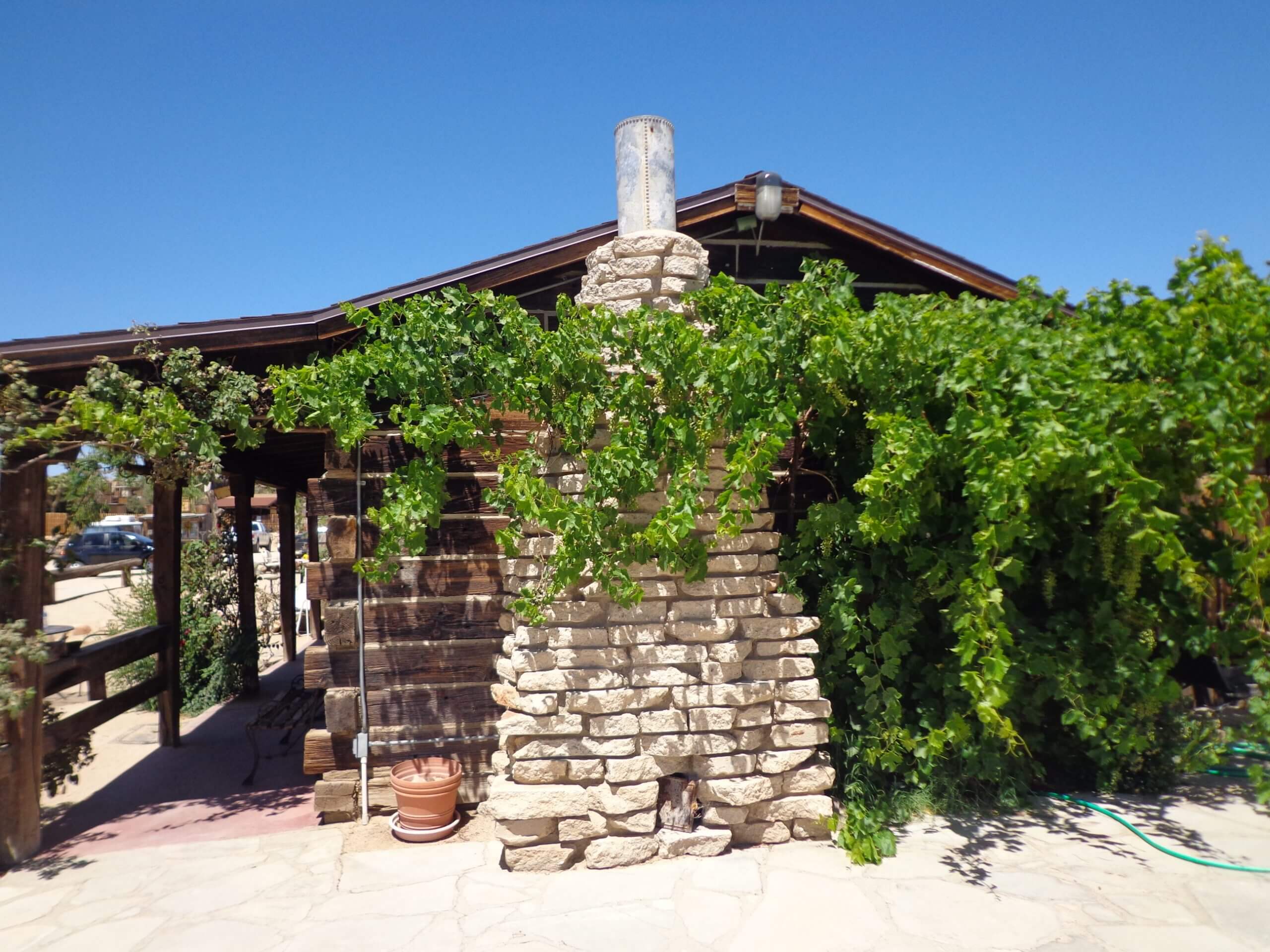
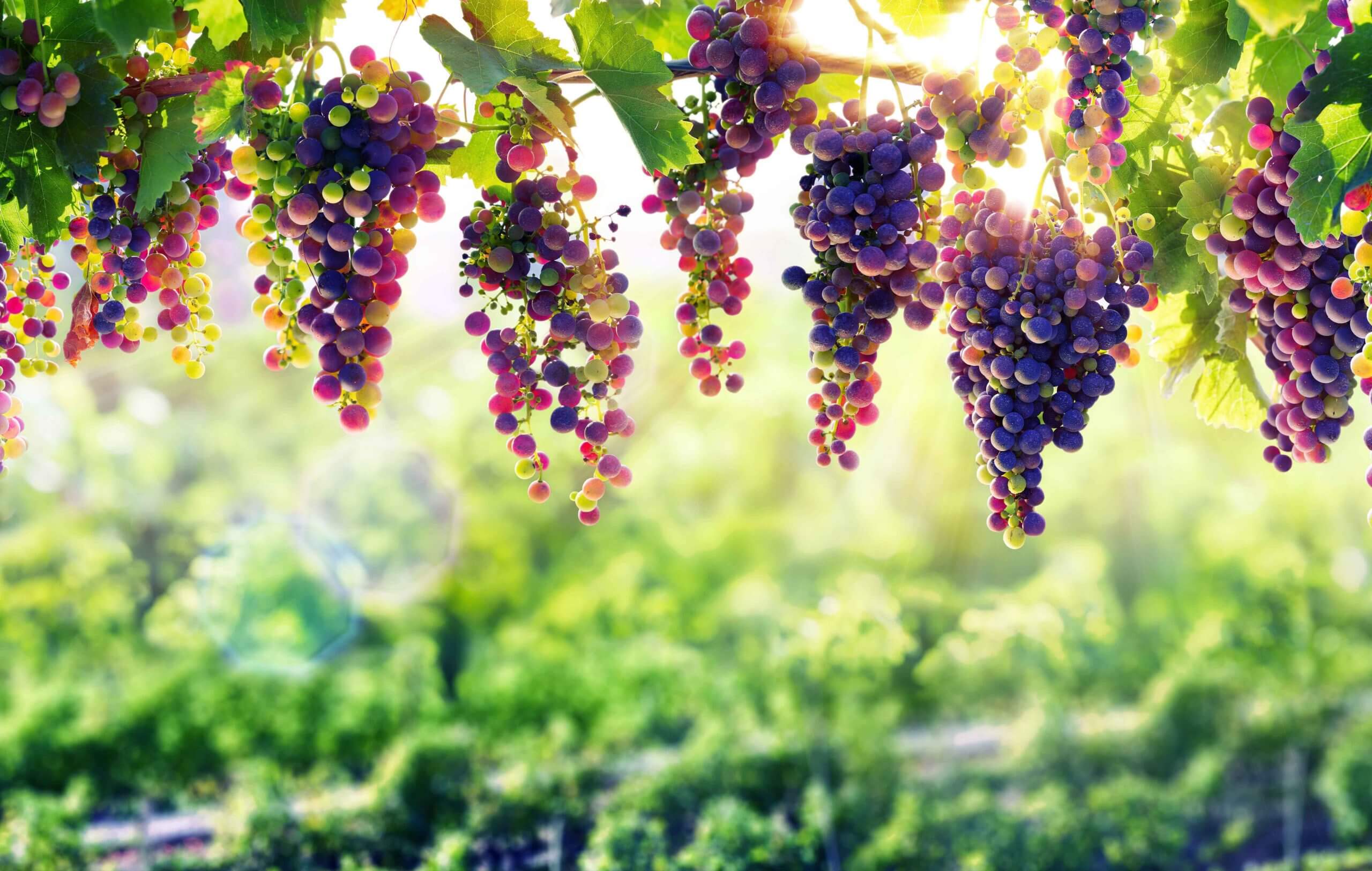
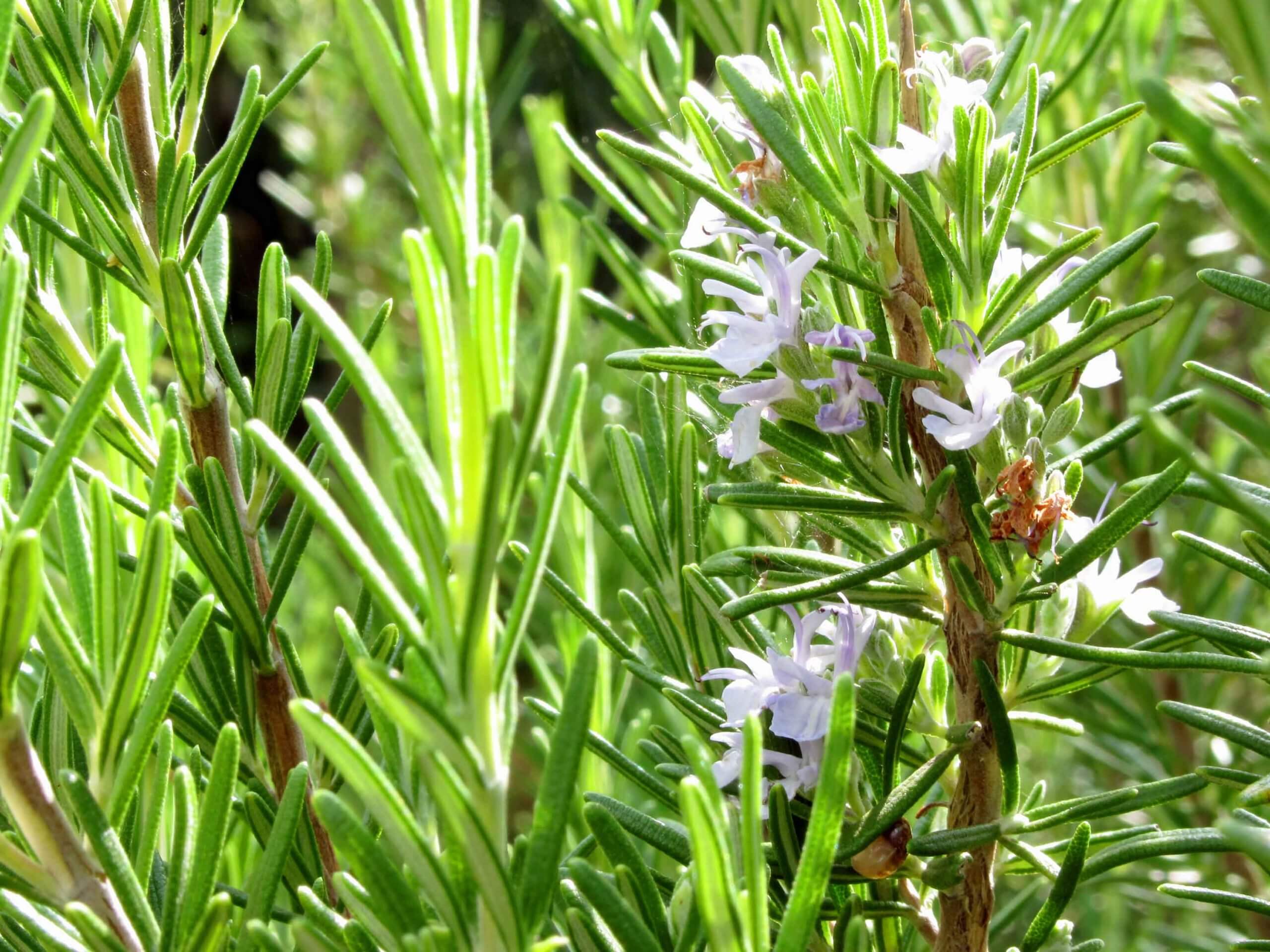
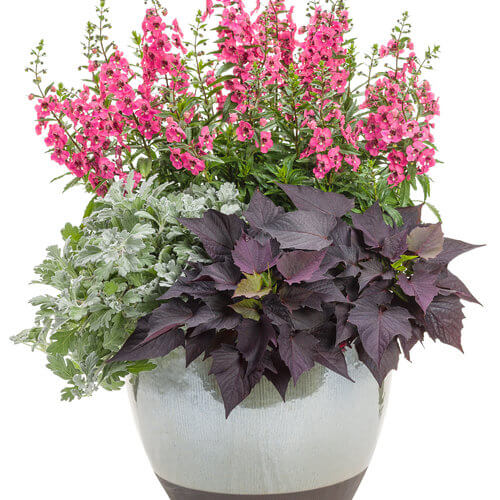

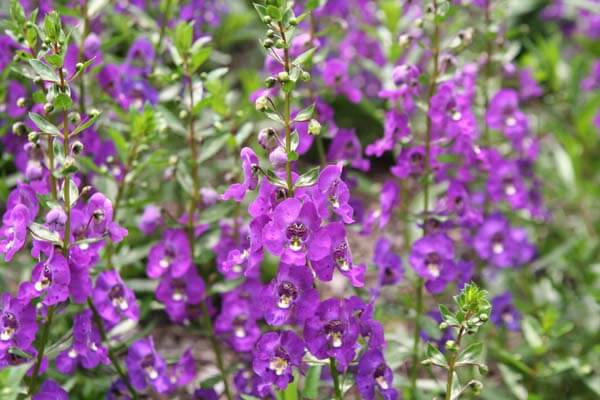
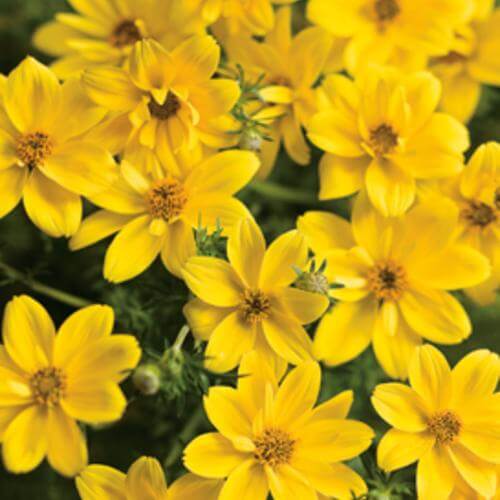
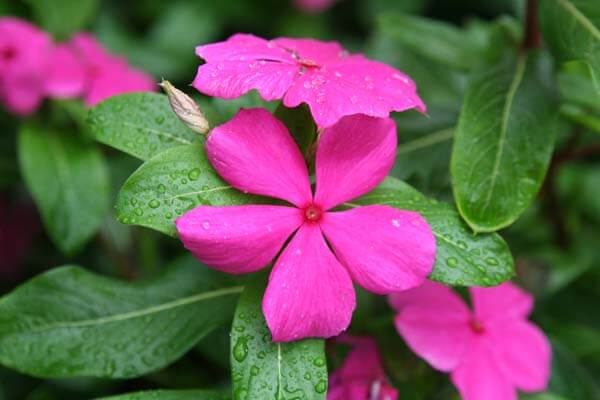
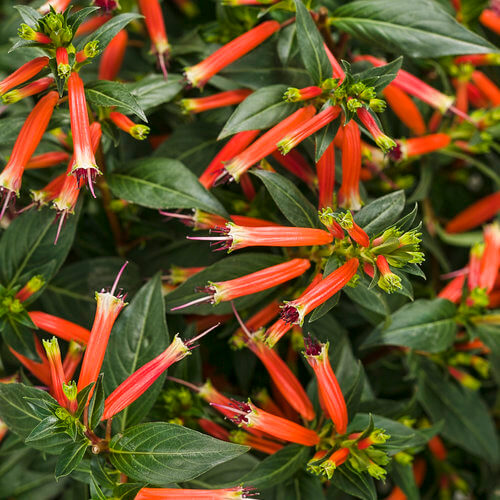
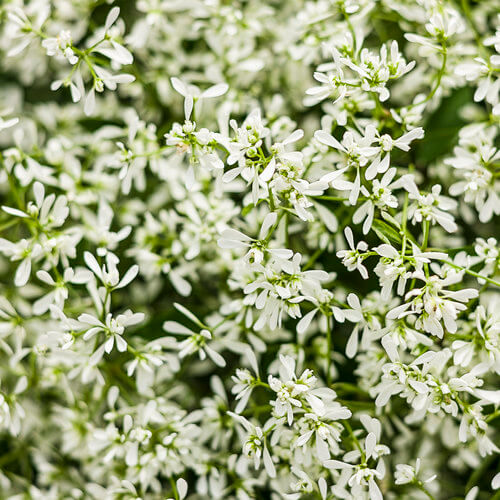

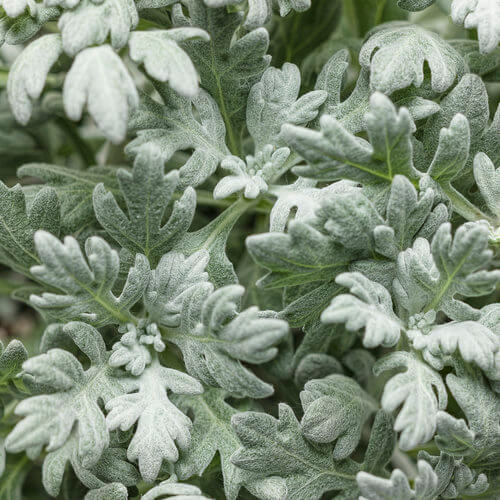
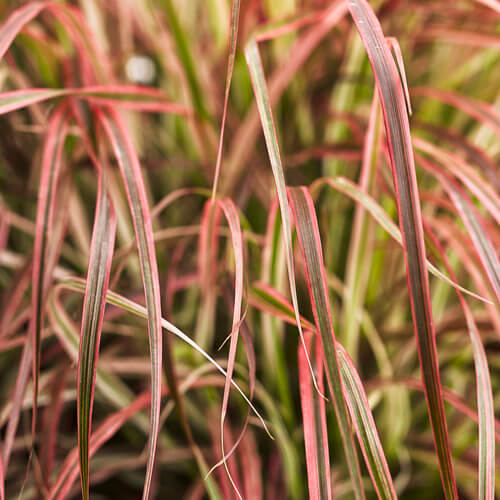
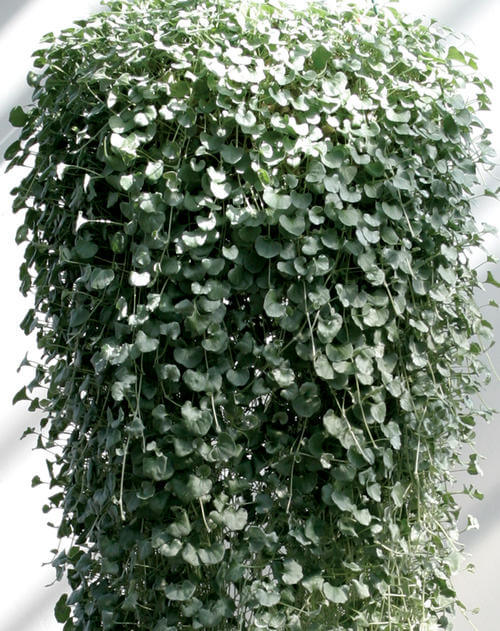
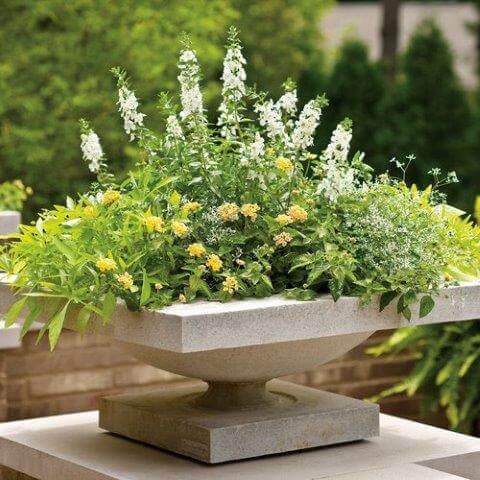
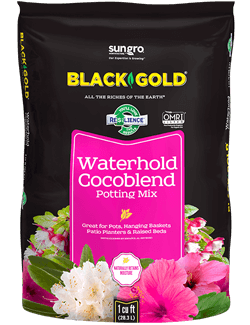 Larger containers hold more water and give roots more space, so opt for big pots able to sustain your contained gardens—especially when growing multiple plants in one pot. Containers must always drain well, so make sure they have drainage holes in the bottom and a base able to hold residual water.
Larger containers hold more water and give roots more space, so opt for big pots able to sustain your contained gardens—especially when growing multiple plants in one pot. Containers must always drain well, so make sure they have drainage holes in the bottom and a base able to hold residual water.